Introduction to Tibet’s Lakes
Tibet, often called the “Roof of the World,” is home to a breathtaking array of lakes that punctuate its vast, high-altitude landscape. These bodies of water, numbering over 1,500, play a crucial role in Tibet’s ecosystem and hold immense cultural significance for the Tibetan people.
From crystal-clear freshwater lakes to salt lakes with striking colors, Tibet’s lakes are as diverse as they are numerous. They serve as vital water sources, support unique ecosystems, and are often considered sacred in Tibetan Buddhism.
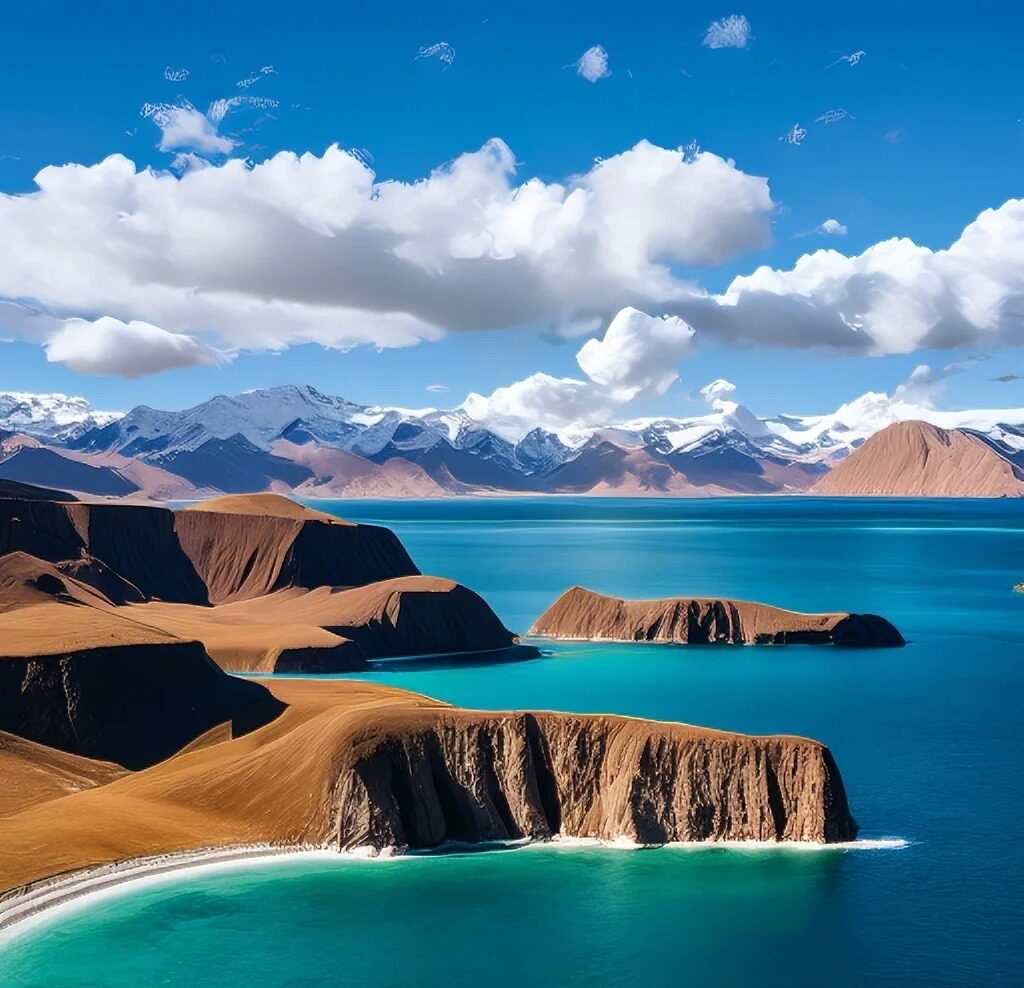
Namtso Lake: The Heavenly Lake
Namtso, meaning “Heavenly Lake” in Tibetan, lives up to its name with its stunning beauty:
- Location: Northern Tibet, about 240 km from Lhasa
- Elevation: 4,718 meters (15,479 ft) above sea level
- Size: 1,920 square kilometers (741 sq mi)
Revered as one of the three holy lakes of Tibet, Namtso attracts pilgrims who perform kora (circumambulation) around its shores. The lake’s azure waters, set against snow-capped mountains, create a mesmerizing landscape that draws photographers and nature enthusiasts from around the world.
Best time to visit: May to October, when the weather is milder and the lake is not frozen.

Yamdrok Lake: The Turquoise Gem
Yamdrok Lake, one of the largest sacred lakes in Tibet, is famed for its turquoise waters:
- Shape: Resembles a coiled scorpion from aerial view
- Elevation: 4,441 meters (14,570 ft) above sea level
- Religious significance: Believed to be the transformation of a goddess
Local legends say that if Yamdrok Lake ever dries, Tibet will no longer be habitable. The lake and its surroundings are home to various bird species, including the endangered black-necked crane.
Nearby attraction: Samding Monastery, perched on a peninsula jutting into the lake.
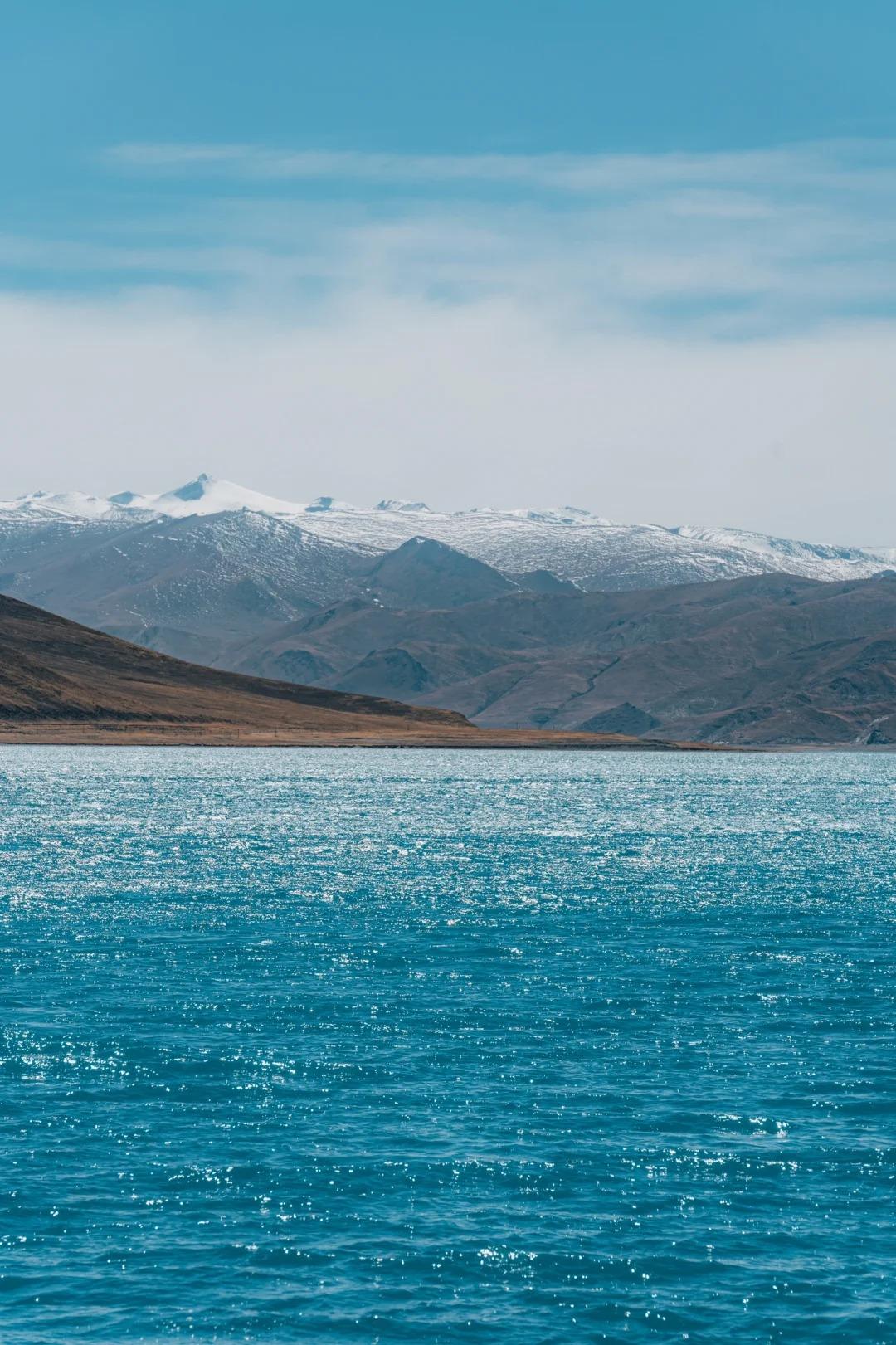
Lake Manasarovar: The Sacred Waters
| Aspect | Details |
|---|---|
| Religious Importance | Sacred in Hinduism, Buddhism, Bon, and Jainism |
| Elevation | 4,590 meters (15,060 ft) above sea level |
| Shape | Nearly round, 88 km (55 mi) circumference |
| Pilgrimage | Part of the Mount Kailash pilgrimage circuit |
Manasarovar is believed to be the source of four great Asian rivers: the Indus, Sutlej, Brahmaputra, and Karnali. Pilgrims believe that bathing in or drinking the lake’s waters washes away sins of many lifetimes.
Visitor challenge: High altitude and remote location require careful planning and acclimatization.
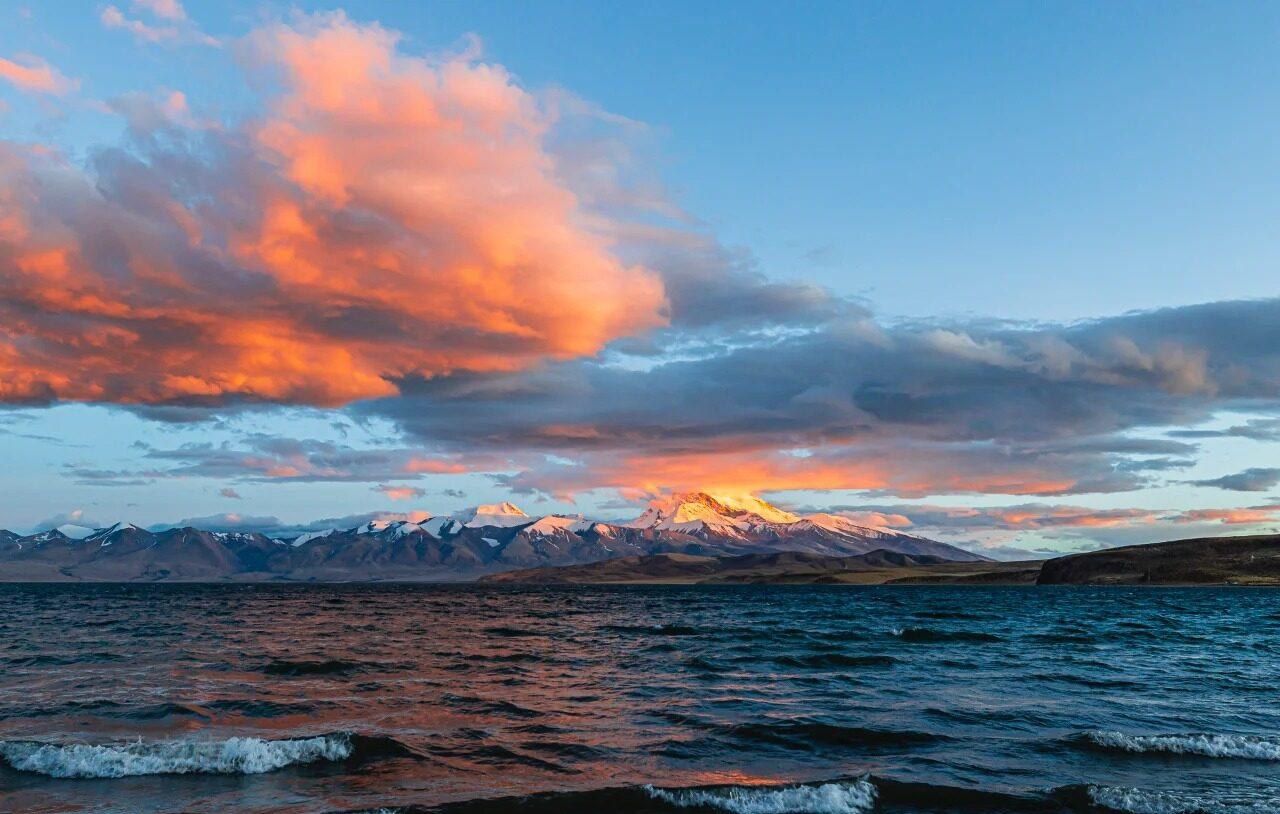
Pangong Tso: The High-Altitude Marvel
Pangong Tso, straddling the border between India and Tibet, is known for its ever-changing hues:
- Length: 134 km (83 mi), with one-third in India and two-thirds in Tibet
- Unique feature: Saline water, despite being a freshwater lake
- Fame boost: Featured in popular Bollywood films
The lake’s shores are a haven for wildlife, including migratory birds like brahmini ducks and black-necked cranes. Its popularity has surged in recent years, leading to increased tourism infrastructure on the Indian side.
Note: Special permits are required to visit, especially on the Tibetan side.
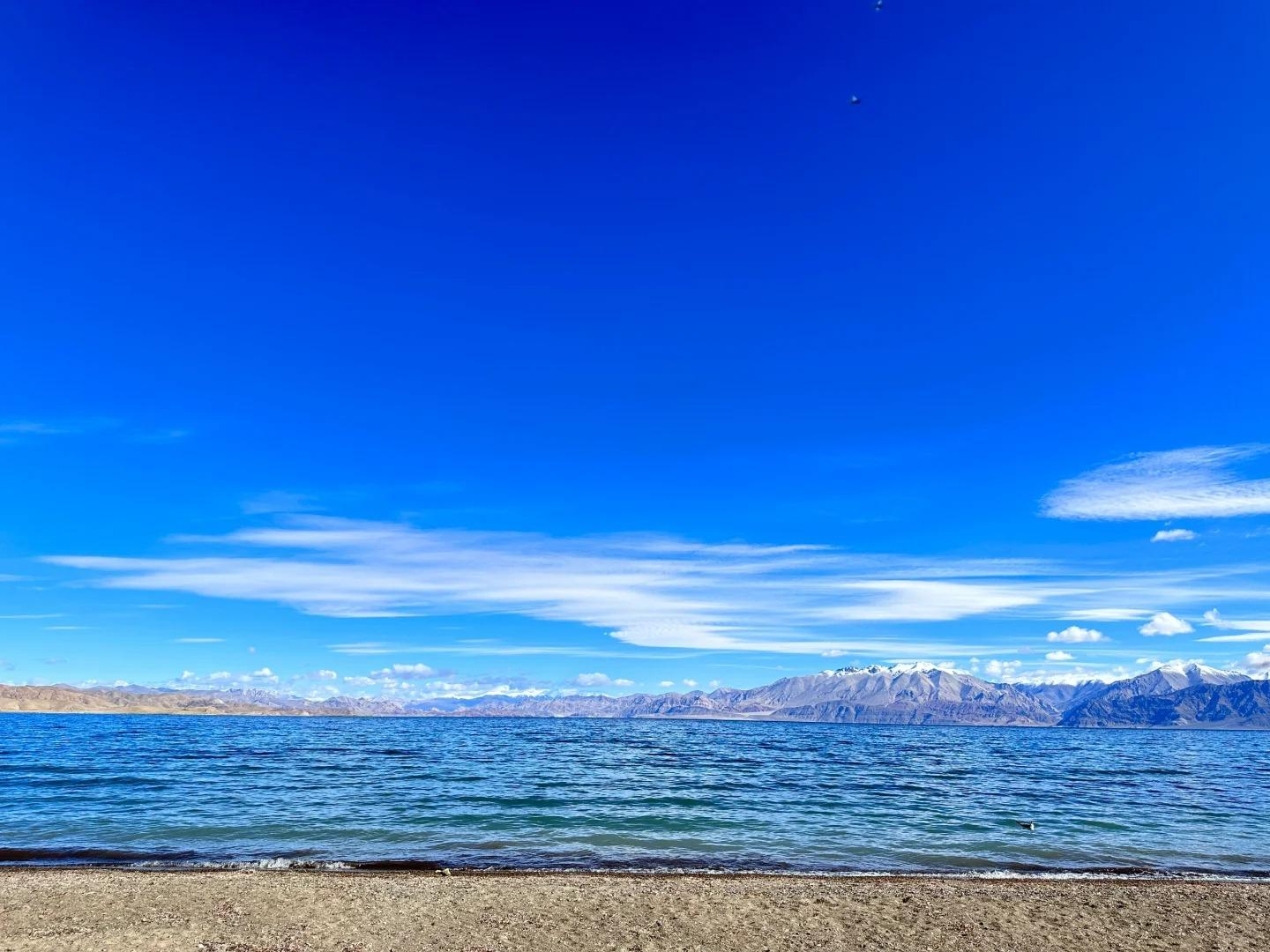
Environmental Concerns and Conservation
Tibet’s lakes face significant challenges due to climate change:
- Rising temperatures causing glacial melt and lake expansion
- Changes in water levels affecting local ecosystems
- Increased tourism putting pressure on fragile environments
Conservation efforts include:
- Establishing protected areas around key lakes
- Implementing stricter waste management policies
- Educating visitors about responsible tourism practices
Visitors can contribute by adhering to Leave No Trace principles and supporting eco-friendly tour operators.
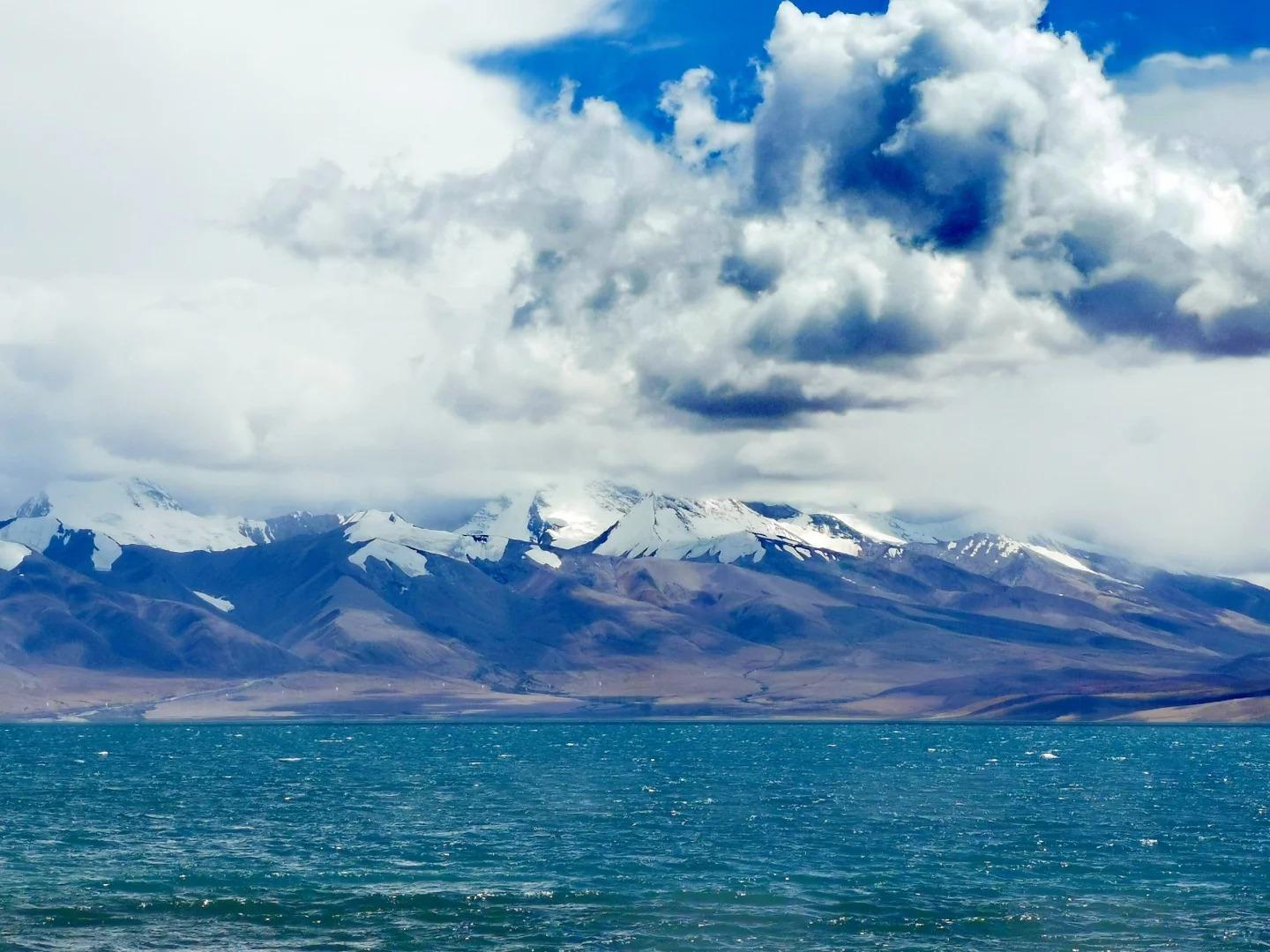
Practical Travel Information
Best seasons to visit: Late spring (April-May) and early autumn (September-October) offer mild weather and clear skies.
Altitude sickness prevention:
- Ascend gradually, allowing time for acclimatization
- Stay hydrated and avoid alcohol
- Consider preventive medication (consult your doctor)
Transportation:
- Fly into Lhasa Gonggar Airport
- Use private vehicles or join organized tours to reach lakes
- Some lakes require 4WD vehicles due to rough terrain
Accommodation:
- Luxury hotels available in Lhasa
- Basic guesthouses near some lakes
- Camping options (with proper permits) for adventurous travelers
Photography tips:
- Use polarizing filters to enhance sky and water colors
- Capture early morning or late afternoon light for best results
- Always ask permission before photographing people or religious sites
Cultural etiquette:
- Dress modestly, especially at religious sites
- Walk clockwise around religious structures
- Respect local customs and traditions
Tibetan lakes offer a unique blend of natural beauty, cultural significance, and spiritual experiences. By approaching these sacred waters with respect and wonder, visitors can gain a deeper appreciation for Tibet’s rich heritage and stunning landscapes.






